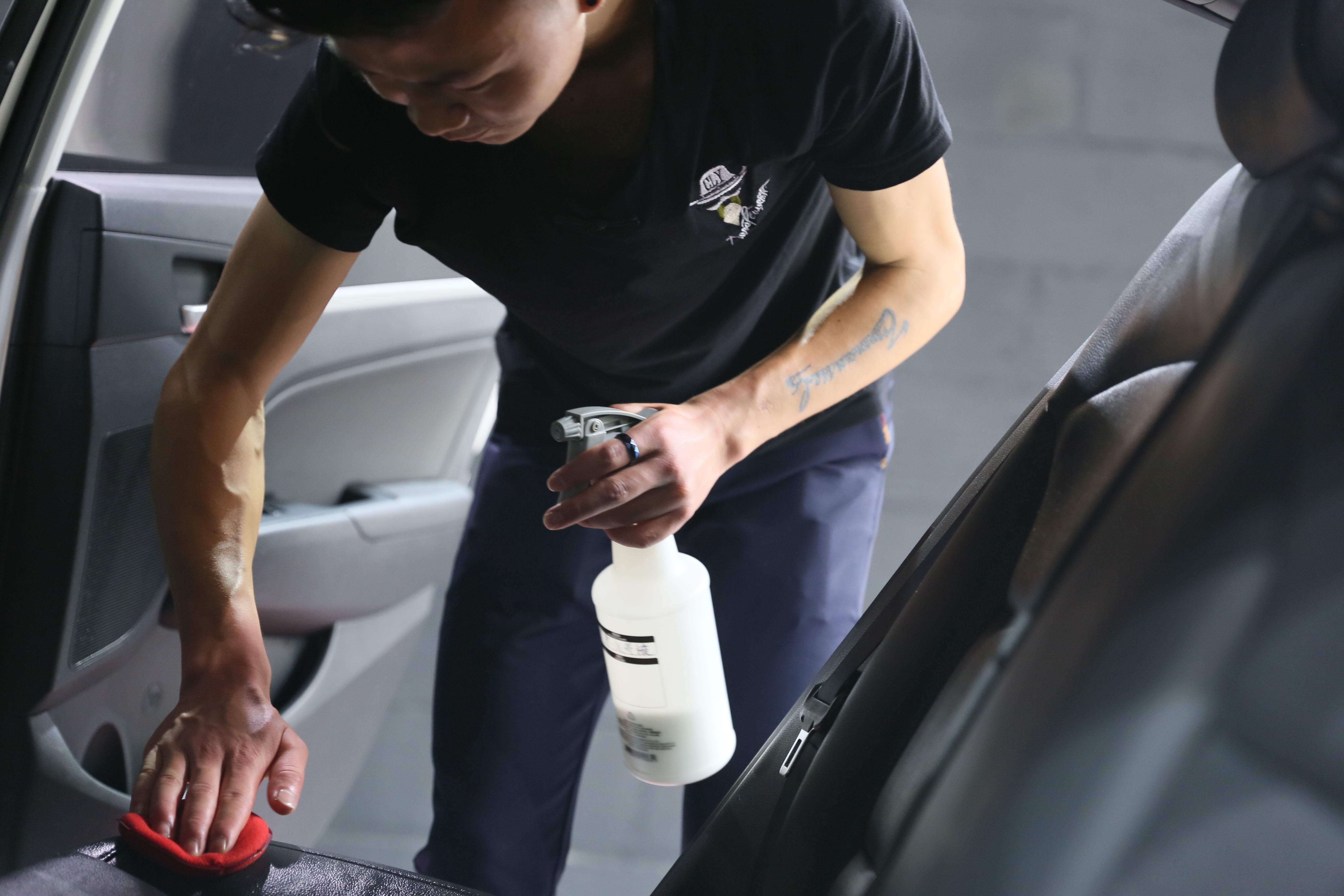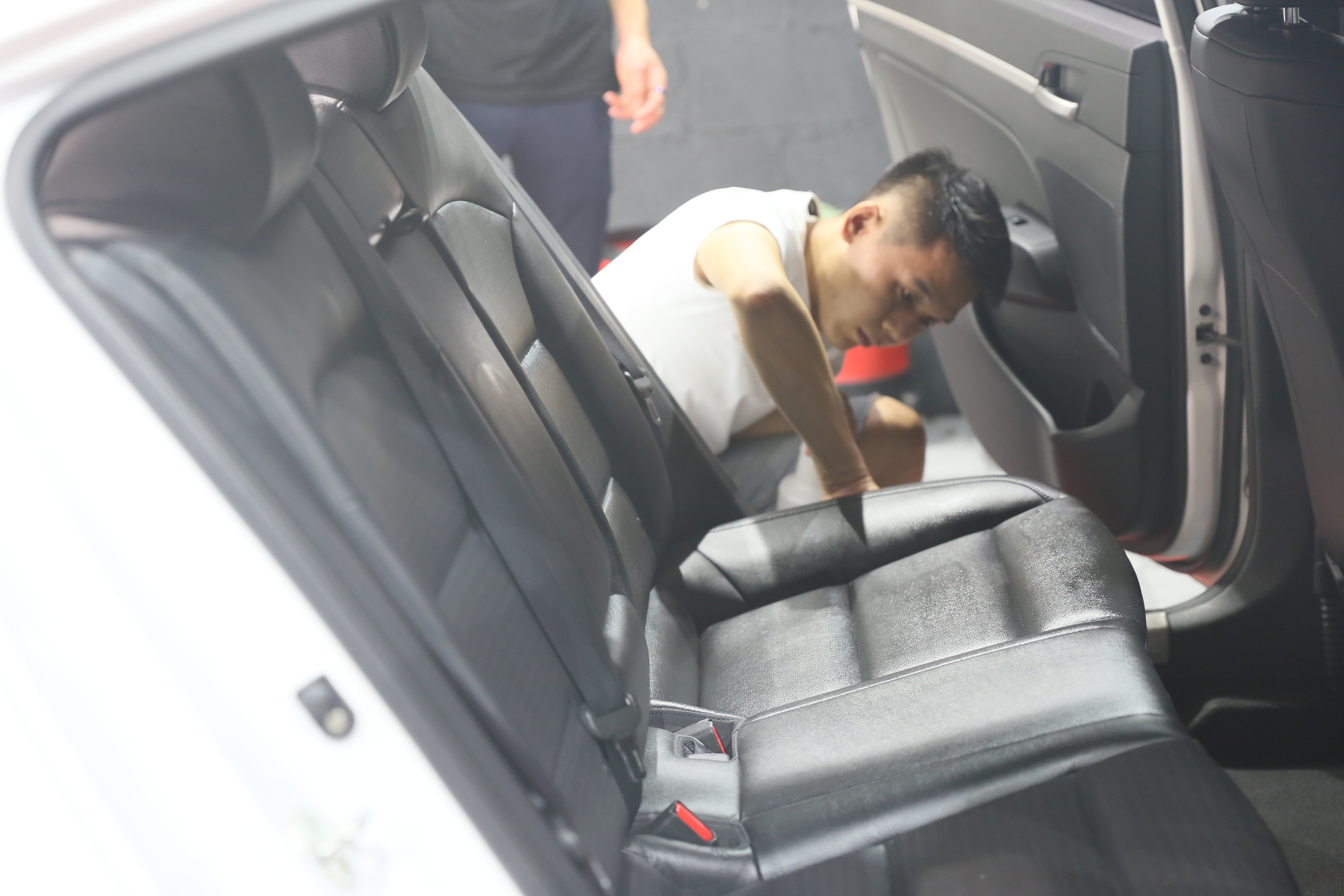[ Instrument Network Instrument R & D ] On November 25, the international academic journal Nature Plants published a paper titled Structural insight into light harvesting for photosystem II in green algae online. This work was published by the Chinese Academy of Sciences Biophysics Liu Liufeng's research group of the Institute and Jun Minagawa's research group of the National Institute of Basic Biology in Japan completed the cooperation.

Algae have an irreplaceable and important role for the Earth's biosphere. They contribute about half of the original organic matter and oxygen to the biosphere through oxygen-type photosynthesis. Chlorella is a type of oxygen-generating photosynthetic organism that is common in nature and widely distributed in soil and water. As a single-celled green algae, Chlamydomonas reinhardtii is an important model species for studying photosynthesis, and is also used as a biotechnology platform for the production of high-value compounds such as biofuels and drugs. It has basic research and The value of two aspects of industrial production applications. Photosystem II (PSII) is a supramolecular machine necessary for algae and plants to carry out oxygen photosynthesis. It can absorb external light energy and convert light energy into
chemical energy, and then catalyze the cracking of water molecules to produce oxygen and protons. Due to the limited light-capturing ability of the PSII core complex itself, the ability to capture light energy needs to be enhanced by the main light-capturing complex II (LHCII) on its periphery. Chlamydomonas reinhardtii PSII core complexes can bind different amounts of LHCII on the periphery, and they are assembled into different forms of PSII-LHCII supercomplexes, including C2S2 and C2S2M2L2. The C2S2M2L2 complex is a large PSII-LHCII super complex found to date in algae and plants. The analysis of the high-resolution structure of the Chlamydomonas reinhardtii PSII-LHCII complex will help reveal the pathway and regulatory mechanism of the green algae light-harvesting complex LHCII to capture light energy and transfer the excitation energy to the PSII reaction center.
This work reports high-resolution cryo-electron microscopy structures of C2S2 and C2S2M2L2 complexes derived from Chlamydomonas (resolutions of 2.7 and 3.4 Angstroms, respectively), and discovered the assembly principles and energy transfer pathways of the two. The study found that the strong-binding LHCII (S-LHCII) trimer in the Chlamydomonas reinhardtii C2S2 complex is composed of three different subunits: LhcbM1, LhcbM2, and LhcbM3. The assembly between LhcM1 and the PSII core antenna CP43 consists of two Specific lipid molecules (dilactosyldiglyceryl / DGDG) are mediated. The C2S2M2L2 complex is based on the assembly of the C2S2 complex, combining a pair of medium-binding LHCII trisomy (M-LHCII) and a pair of loosely-binding LHCII trisomy (L-LHCII) on both sides. Based on the analysis of the three-dimensional structure of the C2S2M2L2 complex, the results reveal the interaction and assembly mechanism between L-LHCII and two adjacent light-capturing antennas (CP29 and M-LHCII). Sequences and structures peculiar to green algae exist in multiple regions such as the N-terminus and C-terminus in the secondary light-capturing antennas CP29 and CP26 (not present in terrestrial plants). The characteristic segment in Chlamydomonas CP29 plays an important role in connecting L-LHCII and M-LHCII, helping to stabilize the assembly between the three, while the characteristic segment in CP26 plays a role in strengthening its connection with S-LHCII . Quantitative analysis of the interrelationship between two adjacent pigment molecules in the chlorophyll network in the Chlamydomonas C2S2 and C2S2M2L2 complexes revealed multiple energy transfer pathways from L-LHCII to the PSII response center. The results of this series of studies are helpful for understanding the molecular basis for green algae to achieve light capture under low light environments such as water and soil, and the mechanism for dynamically adjusting light capture efficiency when lighting conditions change.
This work was funded and supported by the National Key Research and Development Program of the Ministry of Science and Technology, the National Natural Science Foundation of China, the Strategic Pilot Scientific and Technological Special Project of the Chinese Academy of Sciences, and the Frontier Science Key Research Program. The collection of cryo-electron microscopy data was completed on the imaging center platform of the Institute of Biophysics, and was supported by the Talos Arctica electron microscope machine of the State Key Laboratory of Biomacromolecules. During the data collection process, it received the help and support of the platform staff. Sheng Xin and Li Anjie of Liu Zhenfeng's group, Akimasa Watanabe and Eunchul Kim of Minagawa's group participated in the completion of the work. Liu Zhenfeng and Jun Minagawa are co-corresponding authors of the paper.
Finished Interior Car Wash, and many guests pay more attention to Leather Care.
Firstly using all purpose cleaner , and then leather protectant, work with leather seat brush and wax applicators:



If you wanna know more about it, pls mail us.
Leather Care
leather care products,leather condition,leather cleaning and conditioning,car leather care,leather cleaner conditioner,leather scent for car
SGCB COMPANY LIMITED , https://www.sgcbautocare.com



